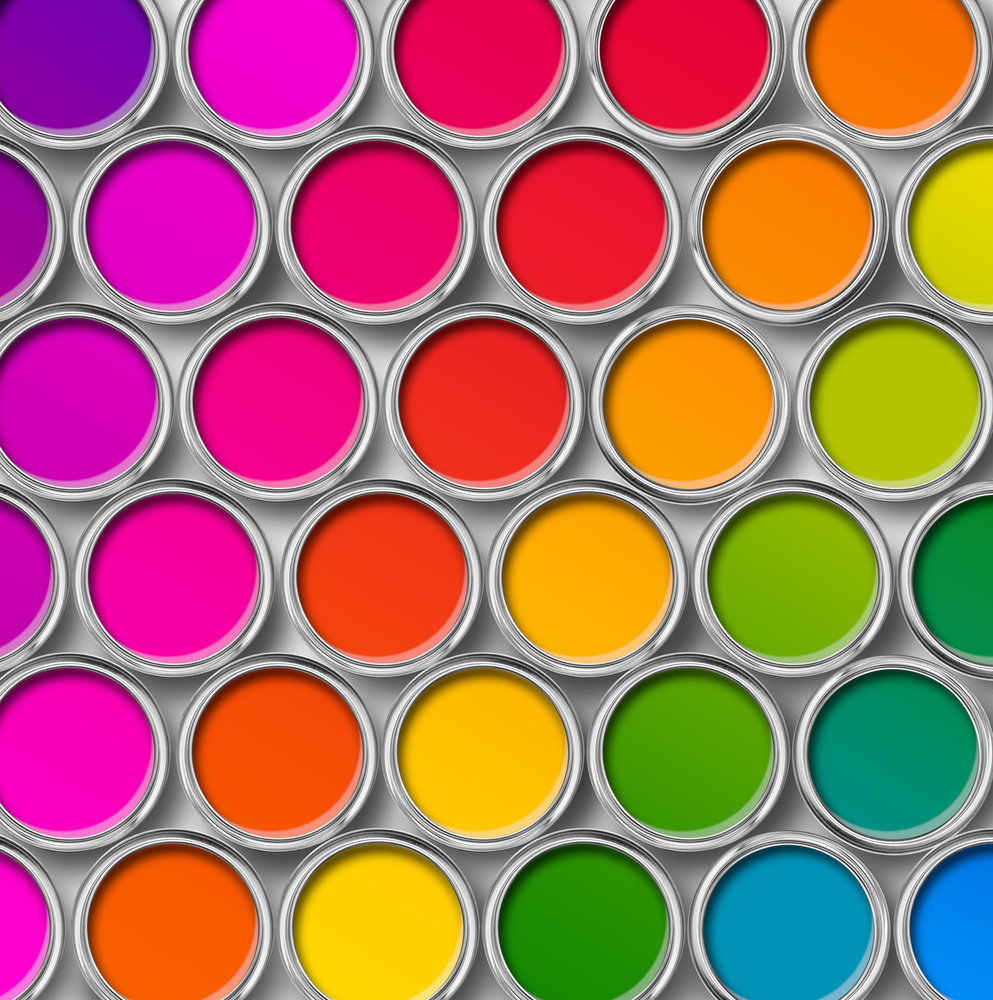Pinterest marketing concepts sometimes go beyond the basics of social media content creation. While posting product images can drive engagement and referral traffic back to branded websites, image quality and texture also play a vital role in a campaign’s success. A new study from Curalate evaluated the difference colorful, texture-rich graphics have on a strategy’s impact.
The company examined the pixels of more than 500,000 images published to Pinterest by today’s leading brands. Pictures with multiple dominant colors have 3.25x more repins per post than graphics with one dominant color. More, the repin rate for images of medium lightness is 20x higher than for darker images and 8x higher than for lighter pictures. Photos that feature red, orange and brown hues generate twice as many repins. Brands that consider how various colors and specific phrases can influence their campaigns’ reach and impact will improve how their social media content resonates with viewers.
“If you can have an emotional relationship with a consumer, they become more loyal and tolerate faults,” Curalate CEO and Co-Founder Apu Gupta said to MediaPost. “It goes well beyond color into detail of the objects. Add science to the creative process we have historically used in print ads, and marketers can almost crowdsource ideas to find out what matters most to consumers.”
Social media content without faces receive 23 percent more repins than graphics featuring people.
Brands with graphic and design teams working toward creating infographic content should also consider aspects of content creation beyond text and color. For example, images that are 50 percent saturated have 4x more repins than 100 percent saturated pictures, and 10x more than images totally desaturated. Additionally, images with smooth textures are repinned approximately 17x more than images with rough backgrounds or textures. Also, social media content without faces receive 23 percent more repins than graphics featuring people.
The Curalate study isn’t the only release that’s revealed how Pinterest members respond to different types of content. In many cases, select words influence how people engage with media. Brafton reported on a Georgia Tech and University of Minnesota study that found terms like ‘use,’ ‘look,’ ‘want’ and ‘need’ compel people to interact with content more frequently than other phrases.
Marketers who want to improve their social media marketing efforts via Pinterest should consider the value of their graphics’ hues and textures, as well as the words accompanying the images online.




